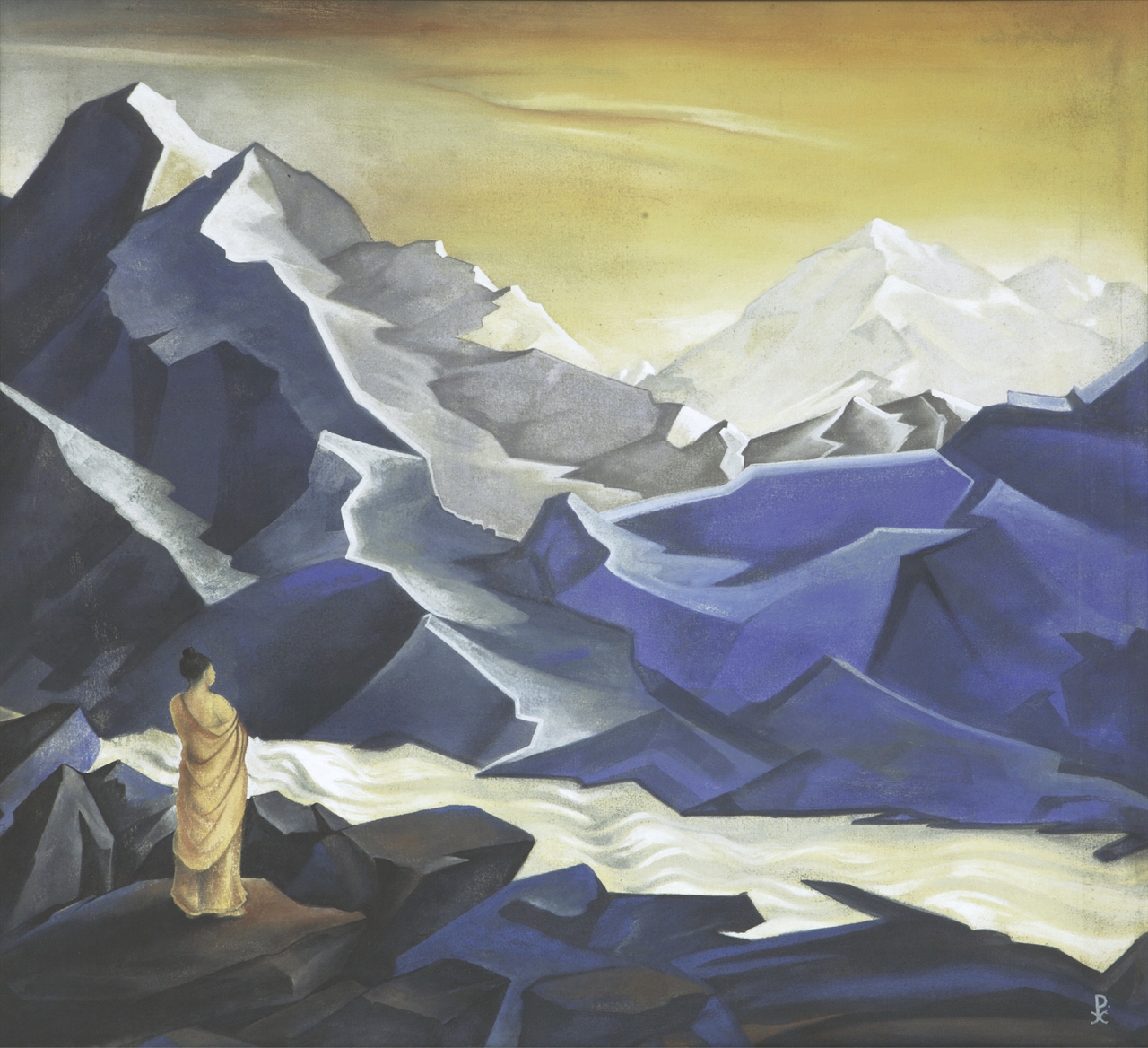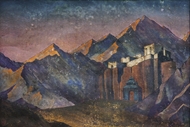![]() Significant Indian Paintings
Significant Indian Paintings
![]() Significant Indian Paintings
NICHOLAS ROERICH (1874 - 1947)
Significant Indian Paintings
NICHOLAS ROERICH (1874 - 1947)
RELATED LOTS
CONTACT US
Catalogue & Viewing
Lot Closed
Accounts & Shipping
Lot Closed
-
Provenance
 Provenance
Provenance
Acquired in the mid-1960s from a retired senior IFS officer, Shimla
Private Collection, Jaipur
Thence by descent
-
Literature
 Literature
Literature

Nicholas Konstantinovitch Roerich was born in 1874 in Russia and received his academic training in art in France and Italy. He was always fascinated by archeological excavations and specifically did drawing studies of the funerary objects from the excavation sites of Slavs. As a matter of fact, he was known for his Slavophil affiliation. He also worked on commissions of the Chicago Opera in the 1920’s. In 1923 he shifted along with his family to India and finally settled down in Kullu.
He found his artistic and spiritual solace in the Himalayas and painted the Himalayan splendours tirelessly. These Mountains fulfilled his visual perception and spiritual awareness. The jagged peaks for him were the point between the earth and the cosmos beyond, a point taking one to a higher journey into the cosmic realm. He did not want to treat the mountains with details that he perceived to be unnecessary and instead was keen on showing its quiet serenity and meditative nature. His fascination for Himalayas made him paint them continuously as if searching for answers to his spiritual quest. He felt that there is a purer world above those peaks that one needed to seek. He painted the peaks of Himalayas at different times of the day and different seasons so as not to miss out on any moment of splendour that mountains have to offer.
Human figures, in his paintings were rather strategically placed to show their smallness, in terms of their identity, in the vast expanse of mountains. These figures found themselves placed on one side of the canvas with the immensity of nature behind them. Often he made his figures in dull colours to further highlight their position in the scheme of higher perspective.
Roerich switched from other mediums to Tempera in 1906. He was known particularly for the brilliance of his blue in the mountains and the brightness of his colours which added a mystic charm to his work. He prepared his own colours from a variety of rocks that he would collect during various expeditions. The brilliance of blue came from Lapis Lazuli, as did the white from a white rock. At times he even painted with eagle feathers. He used the highly absorbent paper hand-made by the Lamas.
One of his biggest contributions to the world of art and culture was the 'Treaty for the Protection of Cultural Treasures During War and Peace' that was finally signed in 1935.
-
Notes
 Notes
Notes

National Art Treasure / Non Exportable

